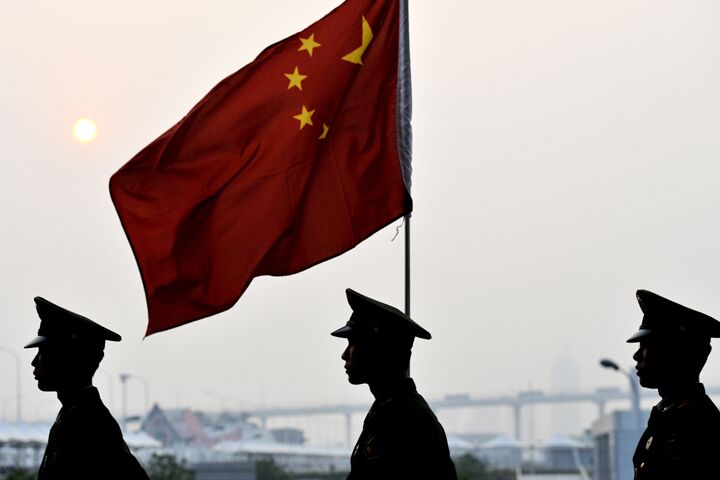
China’s Military Advancements Surpass Western Expectations
With increasing consistency, China’s People’s Liberation Army (pla) is surpassing the expectations of Western experts by its rapid developments and capability. The trend speaks both to China’s mushrooming military might and to the West’s lack of vision and naïveté.
Washington officials thought China would not develop an operational stealth fighter jet before 2020. But when U.S. Defense Secretary Robert Gates visited Beijing last week, the pla conducted a test flight of its new fifth-generation “J-20” stealth fighter jet. The day before his trip to Beijing, Gates expressed concern about the Chinese military, saying, “They clearly have potential to put some of our capabilities at risk, and we have to pay attention to them ….” The test flight of the J-20 during Gates’s visit lends credence to his forewarning.
Just a few weeks earlier, Adm. Robert Willard, who commands U.S. troops in the Pacific, announced that the pla had attained “initial operating capability” of its antiship ballistic missile (asbm), which is reportedly able to sink American aircraft carriers and other vessels from far off. These missiles, the first asbms on the planet, effectively reorder the balance of power in Asia, which has been dominated by the U.S. since World War ii’s end.
A week before that, China announced that it will launch its first aircraft carrier in 2011, a year earlier than U.S. analysts had expected. In addition to the refurbished Russian vessel set to launch this year, China is also building another aircraft carrier of its own. Especially since the news came just weeks after British Prime Minister David Cameron scrapped Britain’s carrier fleet and halved its overall number of warships, it reflects the rapidly changing tides of geopolitical power.
China has also made great strides in cyberwarfare capability and anti-satellite weaponry in recent months.
On January 17, the Diplomat discussed the history and implications of the pla’s rise (emphasis mine):
China has studied its own past, along with the rise of past great powers, and has carefully learned the lessons from these experiences. It has marshaled the impressive resources made available by economic development, harnessed equally impressive political resolve, and striven to manage foreign fears of its growing naval might. Such steadfastness has allowed [China’s navy] to make a leap in combat power in short order. Why is this so difficult for outsiders to grasp? There’s one straightforward reason. If China’s new weaponry works as advertised, [its navy] will have achieved certain technical breakthroughs—phased-array radar and stealth technology, to name two—faster than the United States did, with its scientific and technical mastery.
For the last three decades, Beijing has been quietly but drastically transforming its military from a land army concerned about mainland defense to a force focusing on air and naval power to secure the country’s claims in the South and East China seas and beyond. This transformation has centered on a steady expansion of China’s reach, and China has shed its backwardness so swiftly that it is now making landmark defense breakthroughs faster than the vaunted United States. It may be difficult to believe that Chinese engineers have overtaken American weaponry firms in some of these pivotal areas, but recent headlines show that just that has happened.
Western analysts educated during the Cold War era have difficulty replacing the old image of China’s military as a backward and limited force with the new reality. But in the face of the mounting pile of evidence of China’s burgeoning power, the alarming trend is becoming undeniable. On January 6, when reports of China’s stealth fighter first emerged, senior U.S. military officials admitted that the Pentagon has been “pretty consistent in underestimating” the Chinese military’s growing capacity.
More Western analysts will begin to acknowledge the clouds gathering over Asia, but the recognition will not reverse Washington’s declining will to maintain power in the region. As the pla’s might grows, expect U.S. influence in the region to wane. As the shift continues, other Asian nations will abandon the sinking U.S. ship and will rally behind China and support its ascendancy, leading to the establishment of a colossal Asian power bloc. But in the longer term, China’s rise points to the approach of the most hope-filled event in history! Jesus Christ will return to put an end to the conflict between East and West, and between all other peoples on the planet. He will usher in an age of rulership that will bring peace and abundance to all of mankind. To understand more about China’s rise and its connection to the only sure hope, read Russia and China in Prophecy.
